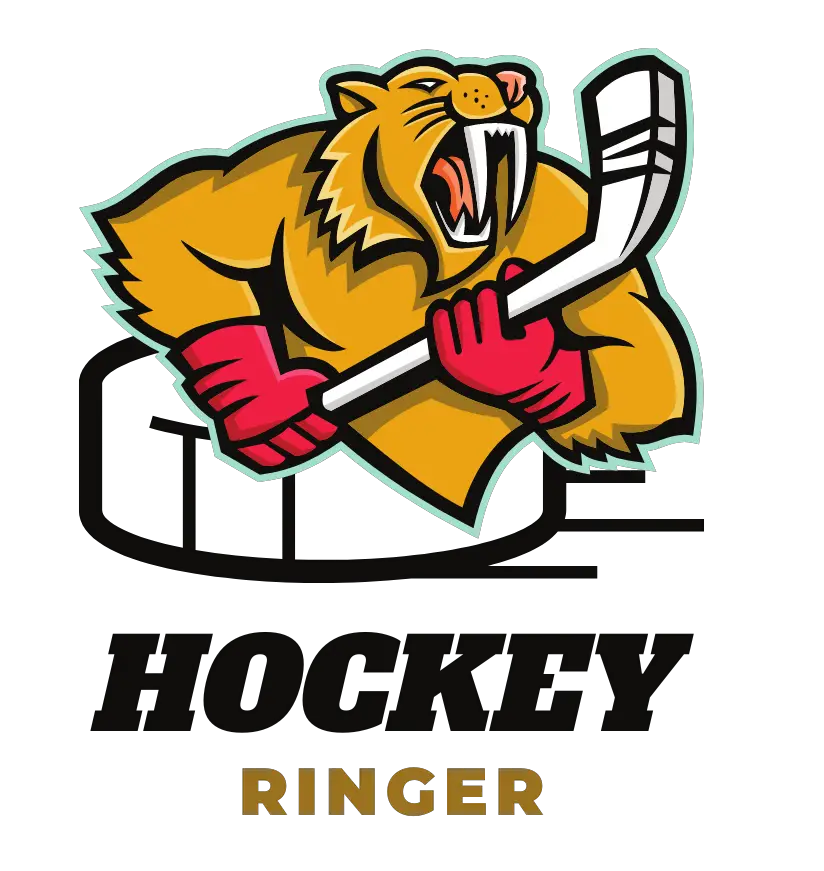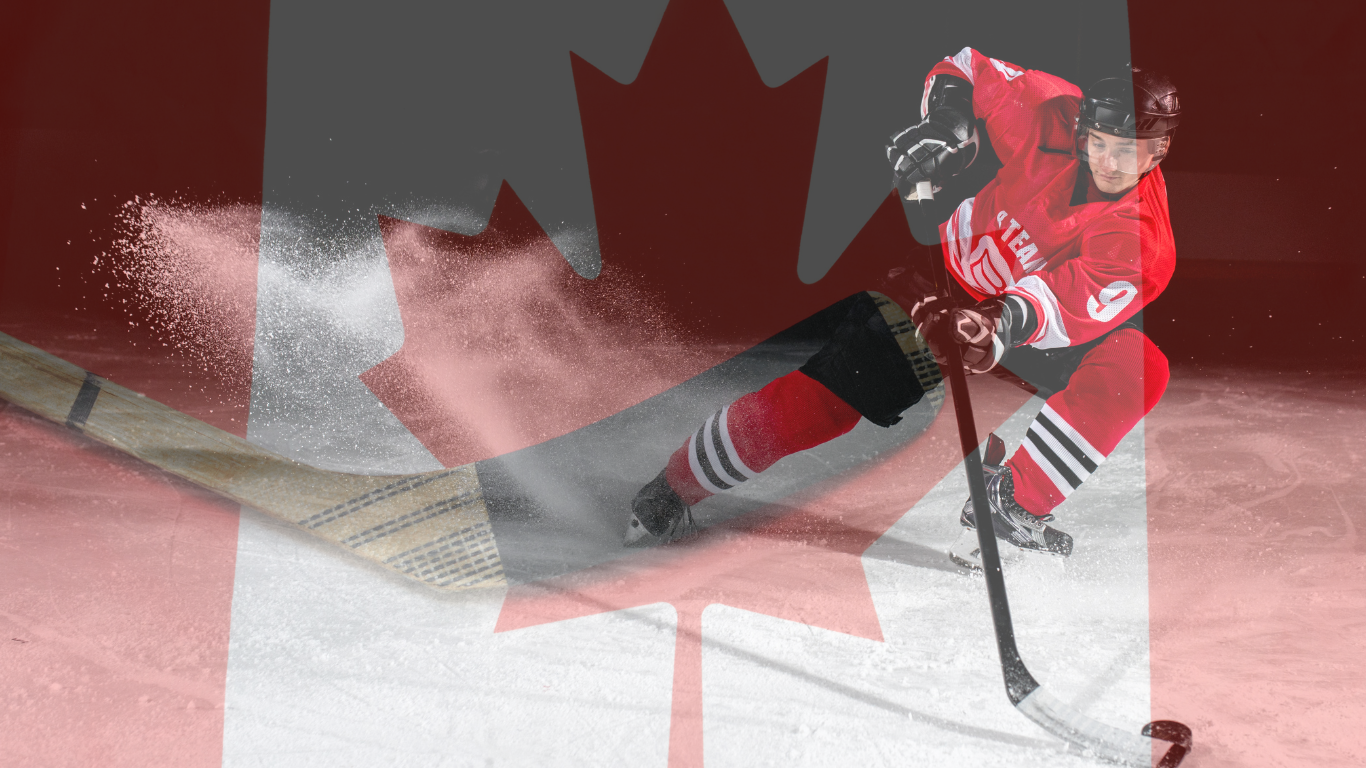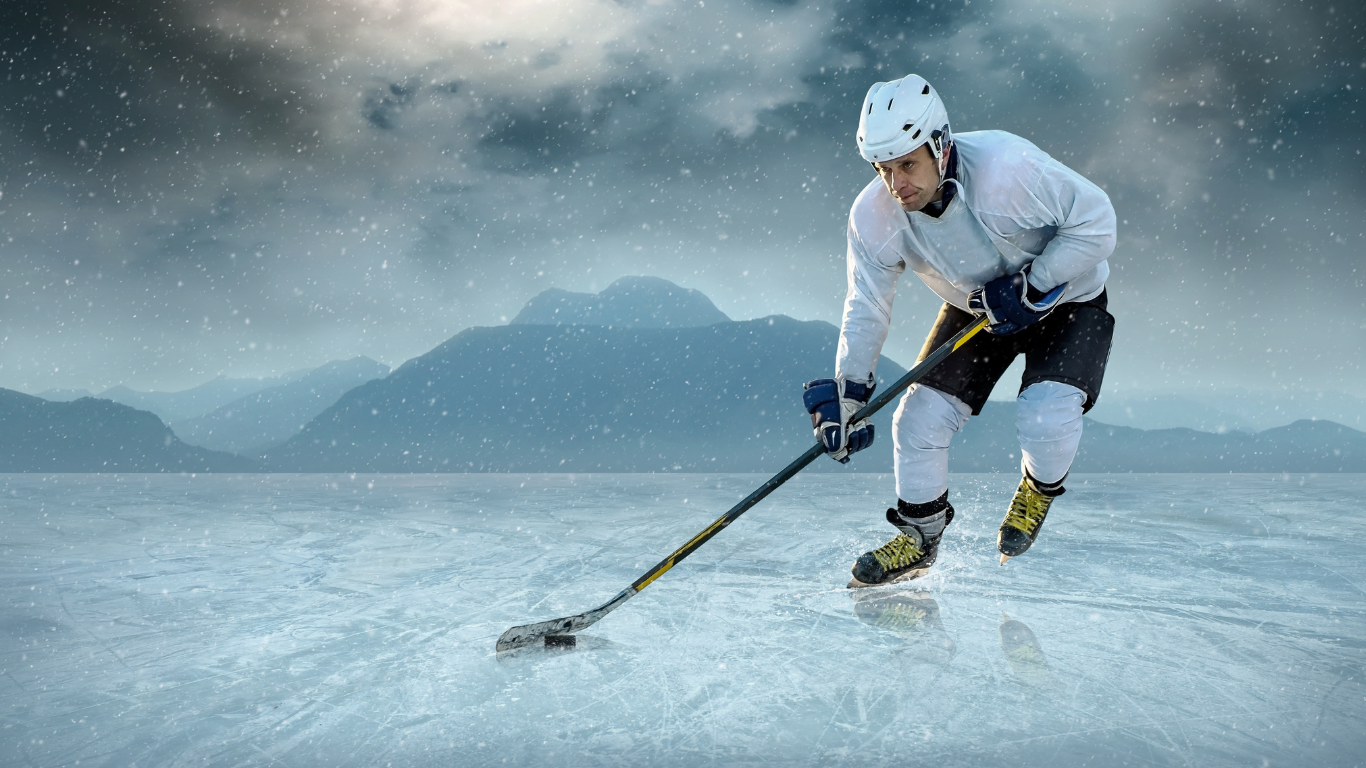If you’re new to the rules of hockey, one term you may be confused about is icing.
Icing in hockey league is whenever a player shoots the puck from the center red line to the far side of the rink so that it passes the opposing team’s red goal line. Icing is prohibited in ice hockey because it disrupts the flow of the game.
To fully understand icing rules, you need to keep reading. There is much more to the basic yet difficult rule, especially if you want to fully understand the game. In this article, we look at all things related to icing and explain why it’s there, enforcement, loopholes, and more. Read on.
Icing in Hockey
To fully explain the rules of icing, we have to talk about the hockey rink layout first. All hockey rinks are divided into two halves. These two halves are separated by the red centerline. There is a goalie and a red goal line on each side of the rink. You probably know this already, but it is important for the rule.
Icing in hockey is whenever a player shoots the puck from his team’s side of the rink so that it goes past the goal line of the opposite side. In other words, it’s whenever the player just hits the puck as hard as he can all the way across the rink.
Icing Rule and Specifics
If a player shoots the puck toward the opposing team’s goal after crossing the red center line, it is not called icing. Icing is only called whenever the player is on his team’s side of the rink and shoots it toward the other team’s side.
Similarly, it is not icing unless the puck actually crosses the red goal line of the opposing team. If the puck simply passes the red center line but does not reach the goalie line, icing is not called. Sometimes, it can be difficult to call icing. Take the following scenario.
If the puck is shot behind the red center line and makes it to the red goalie line but does not cross it, it is up to the linesman to decide whether or not icing is called. This decision will be based on whether or not the linesman believes the opposing team could have played the puck before it reached the red line.

Why Is Icing Enforced?
It may not make a lot of sense as to why this rule was enforced, but it is actually pretty simple. The rules of icing first became introduced in 1937. Before this time, many NHL teams would shoot the puck all the way down the rink in order to delay the opposing team whenever they were winning.
In other words, the icing was simply a way to divert the other team’s attention so that they are forced to go to the other side of the rink, making it more difficult to get last-minute points. Many spectators and teams got very annoyed by this practice because it stopped the flow of the game.
Hence, the rule of the icing was enforced in order to keep the game at a faster pace and to prevent winning teams from simply delaying the game toward the end.
Loopholes Around Icing
Any smart player of any sport knows that they have to bend the rules without breaking them. Finding loopholes around the rules gives players an edge without risking penalties in the process. As a result, there are ways that players can ice the puck without actual icing.
One of the simplest ways around the rule is to flick the puck into the air and down the rink. If a player flicks the puck, there will not be enough momentum for the puck to pass the goal line. Still, it distracts the other team. So, it is basically icing without the consequences.
Getting Icing Waived
In addition to loopholes around icing, there are ways that you can get icing waived.
For example, if the team that iced the puck touches the puck before the opposing team, icing is not called. However, this rule led to pretty hard checks that caused a number of injuries in the NHL. As a result, the NHL introduced hybrid icing, otherwise known as the no-touch icing rule.
No Touch Icing
This rule basically allows icing to get waived as before, but it prevents injuries at the same time. Instead of racing towards the end boards, players race towards faceoff dots located in the defensive zone.
If a defensive player reaches the dots before the offensive player, icing will be called. In contrast, icing will be waived if the offensive team makes it first. It is essentially the same rule as the first touch rule, but it directs attention elsewhere.
However, there is a caveat. The offensive team that iced the puck is not allowed to make any line changes after the play was whistled. This prevents the team from introducing more rested or skilled players while taking advantage of the icing.
Times When Icing Comes with No Penalty
There is a time when Icing is completely allowed. If a team has fewer players on the ice because of penalties, they are allowed to ice the puck during the other team’s power play. Icing simply helps to even the score a bit more, even though the non-penalized team still has the upper hand.
Gaining the Red Line
As you would expect, icing has changed the game of hockey quite considerably. It even generated new terminology for the game. If you have ever heard a commentator say that a player is “gaining the red line,” the commenter is actually referring to a term related to icing.
It is super common to watch players try to skate the puck right over the center line before shooting it toward the opponent’s goal. This occurrence is called “gaining the red line.” As soon as the player crosses this line, they are able to shoot into the defensive zone without penalty.
FAQ
Can goalies ice the puck?
Yes. Goalies can ice the puck as well. Any time a goalie shoots the puck to the other end of the ice, the play will be called icing.
What happens if the defensive team touches the puck?
If the defensive team touches the puck before it gets to the goal line, icing will be waived off. This often happens whenever the puck is hit out of the defensive zone.
Is icing in hockey enforced in recreational leagues?
Icing is enforced in nearly all leagues, but recreational leagues do not have as many caveats. Most often, recreational leagues call automatic icing, whereas the NHL can waive icings.
Final Thoughts About Incing In Hockey
Icing is one of the most basic rules of hockey. It is called whenever the offensive team hits the puck from their end of the rink to the opposing team’s end so that it passes the goalie’s red line. The goal of this rule is to keep the game flowing for both the spectators and the players.
Of course, as with any other rule, there are exceptions and loopholes. Some of the top-skilled players know how to make the most of these exceptions so that they get the benefits of icing without the penalties.
you say icing, we say reeeeeeally far away shot that went wide
— Vegas Golden Knights (@GoldenKnights) May 21, 2021




